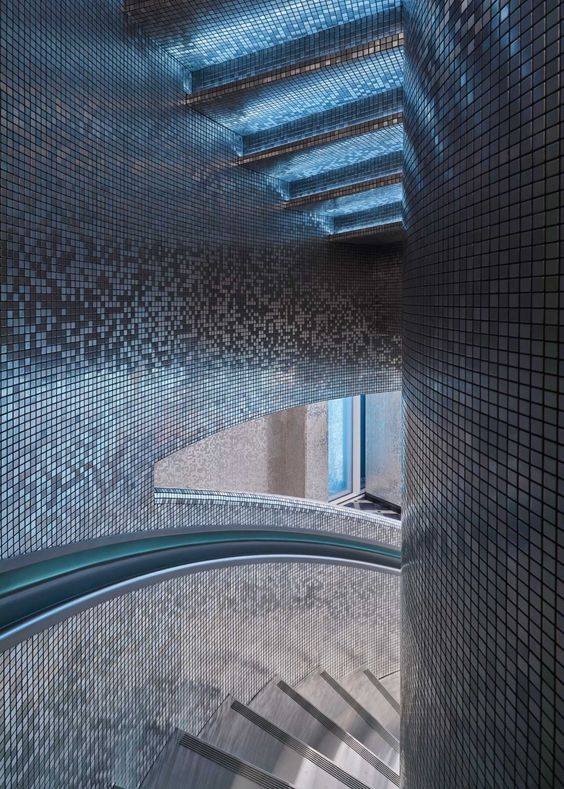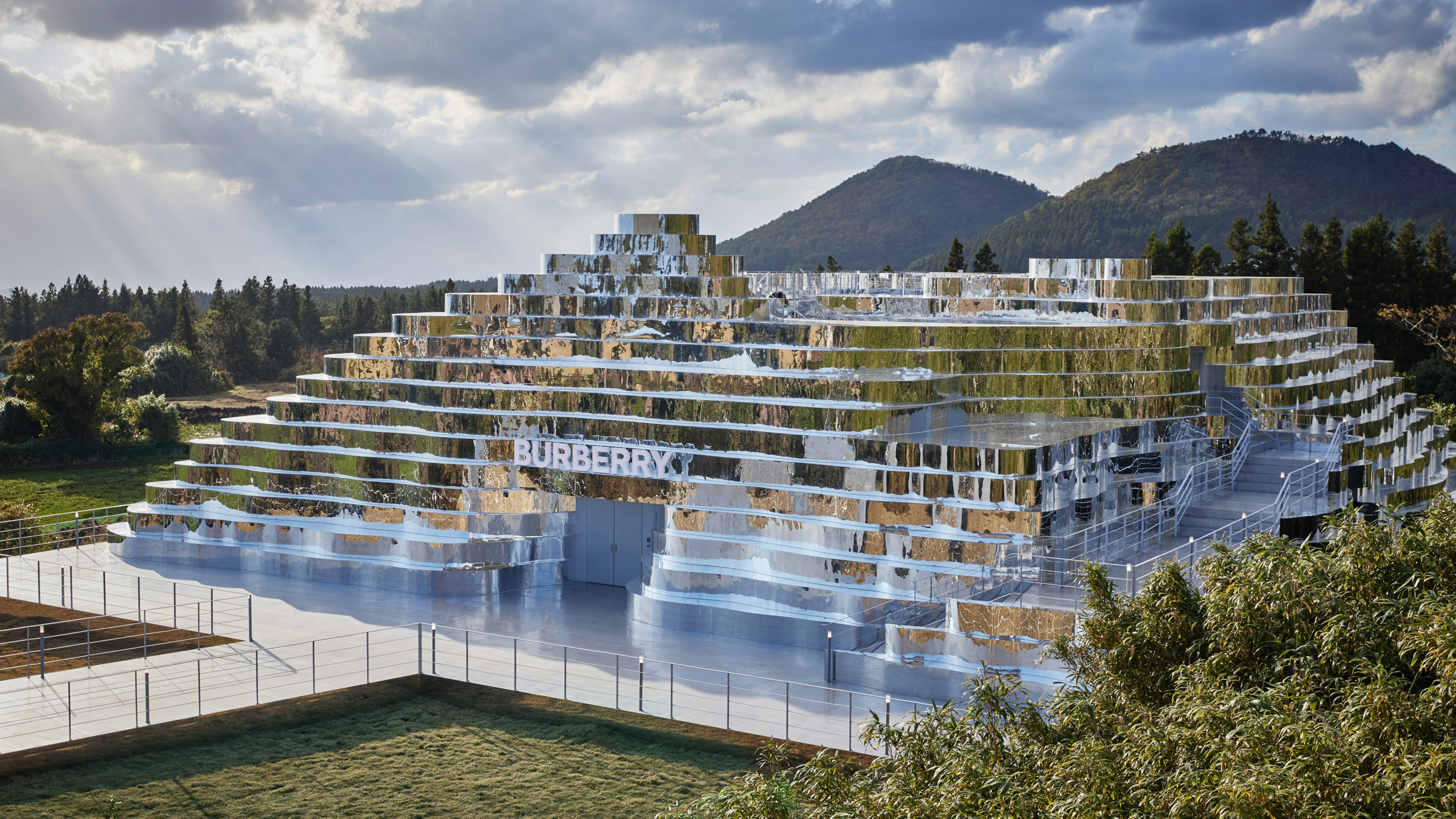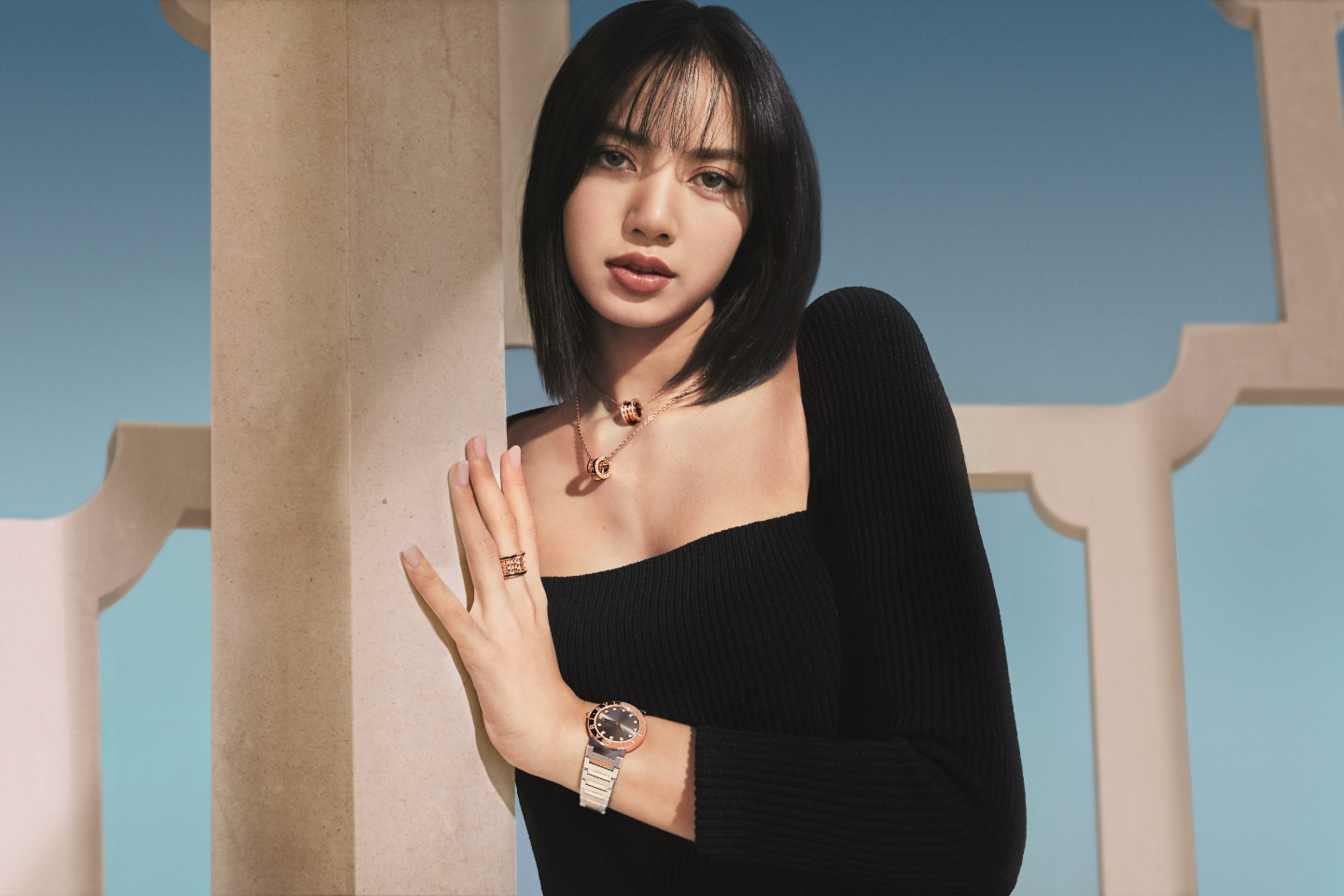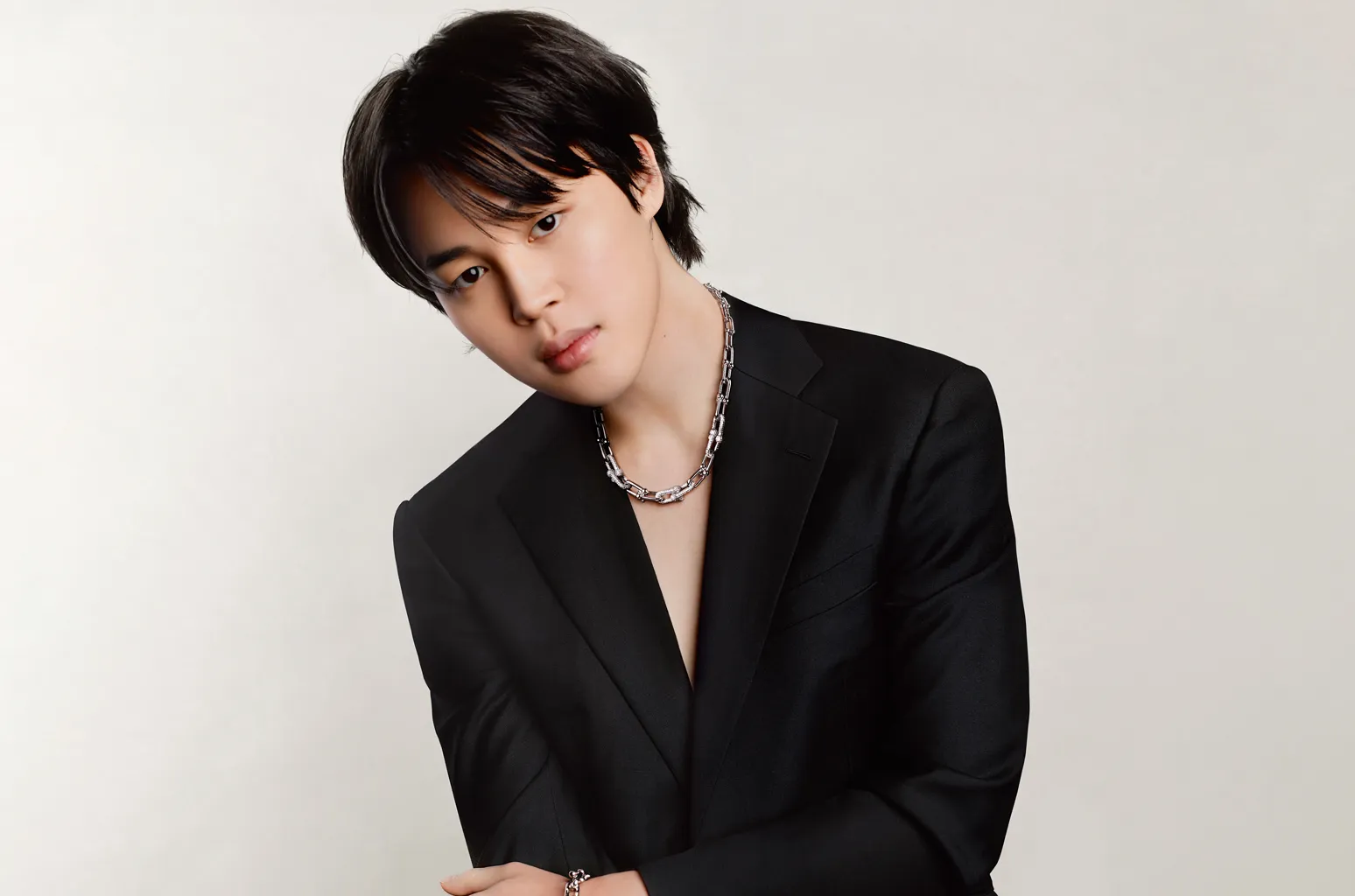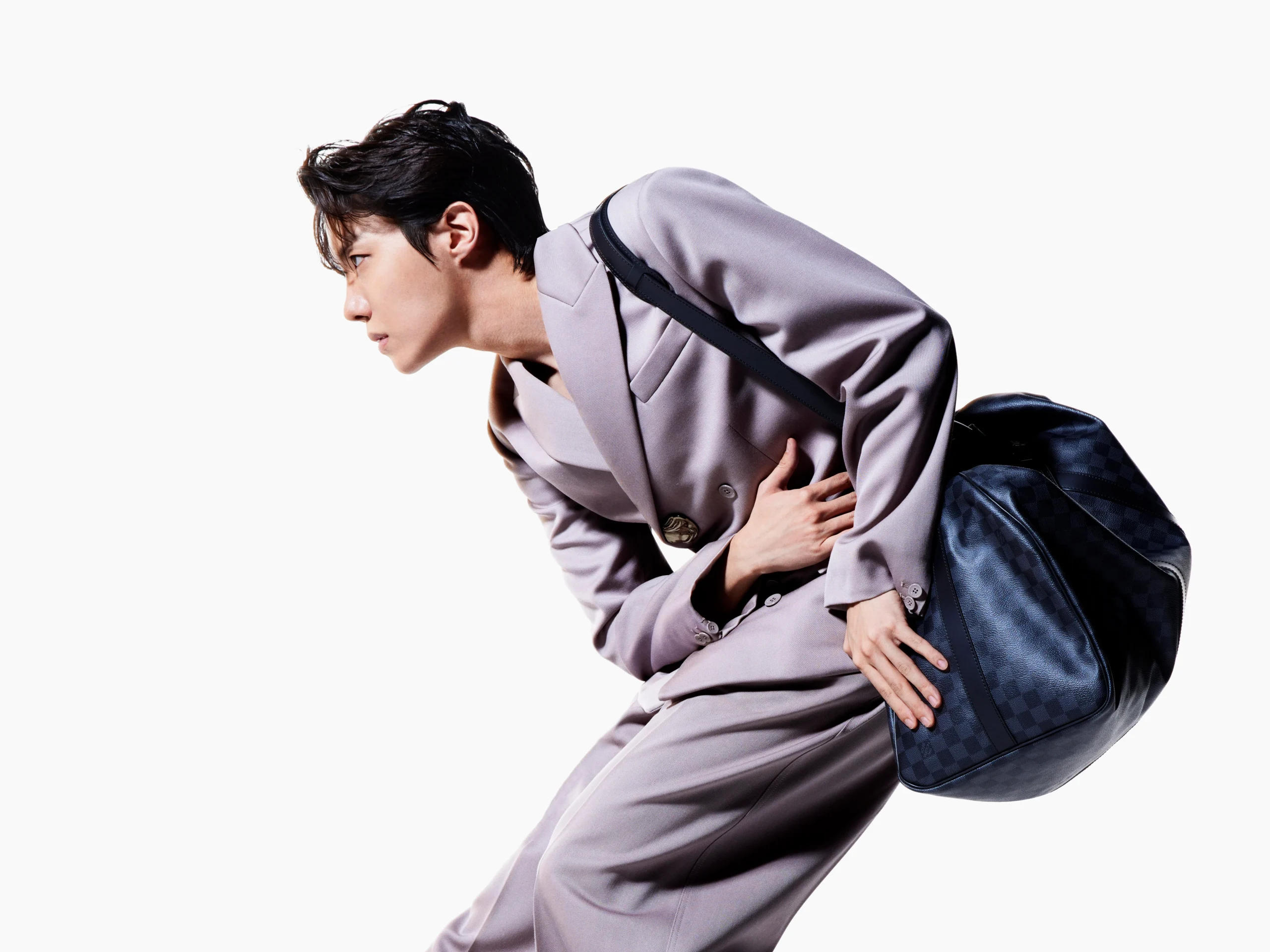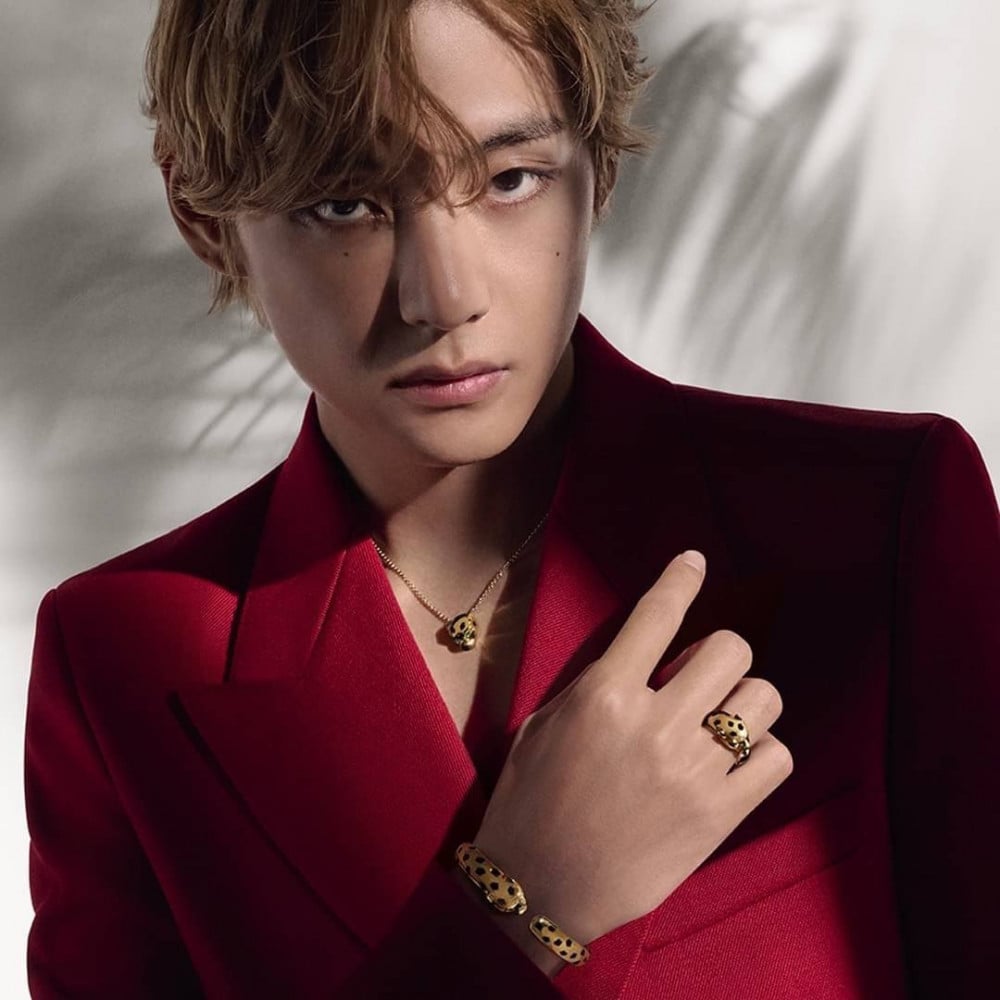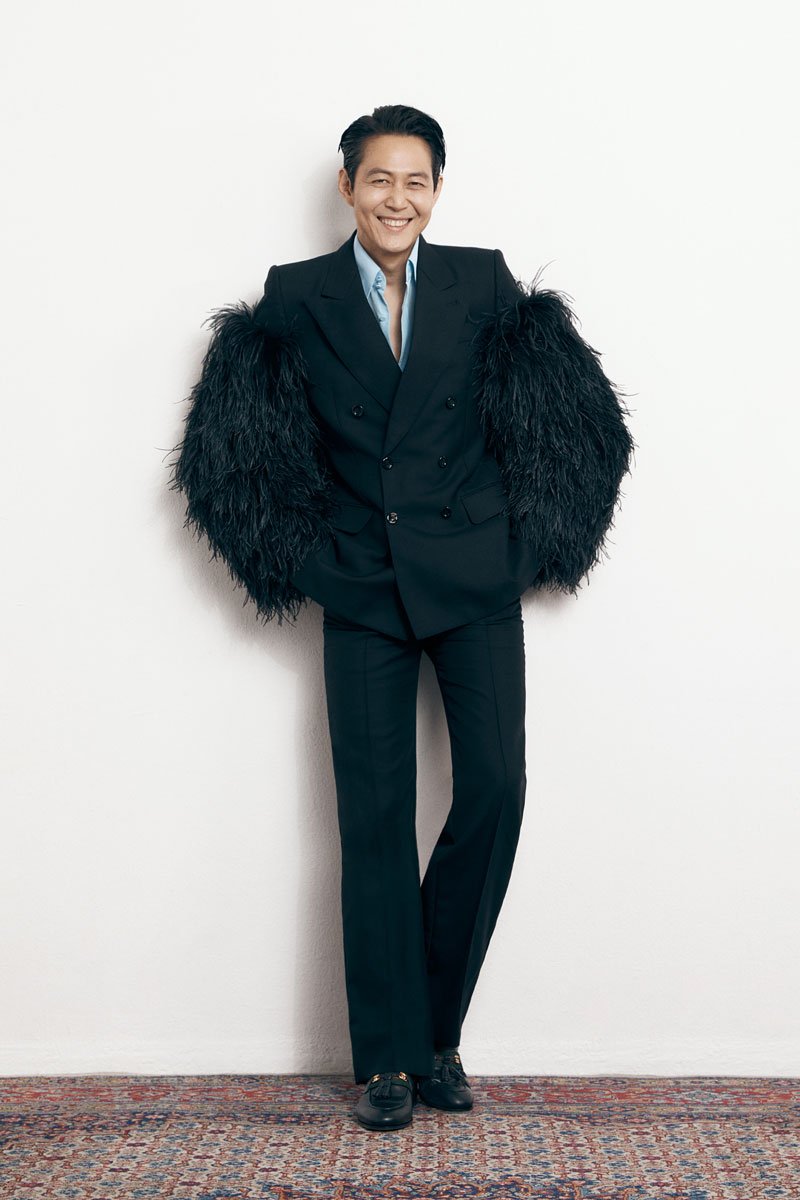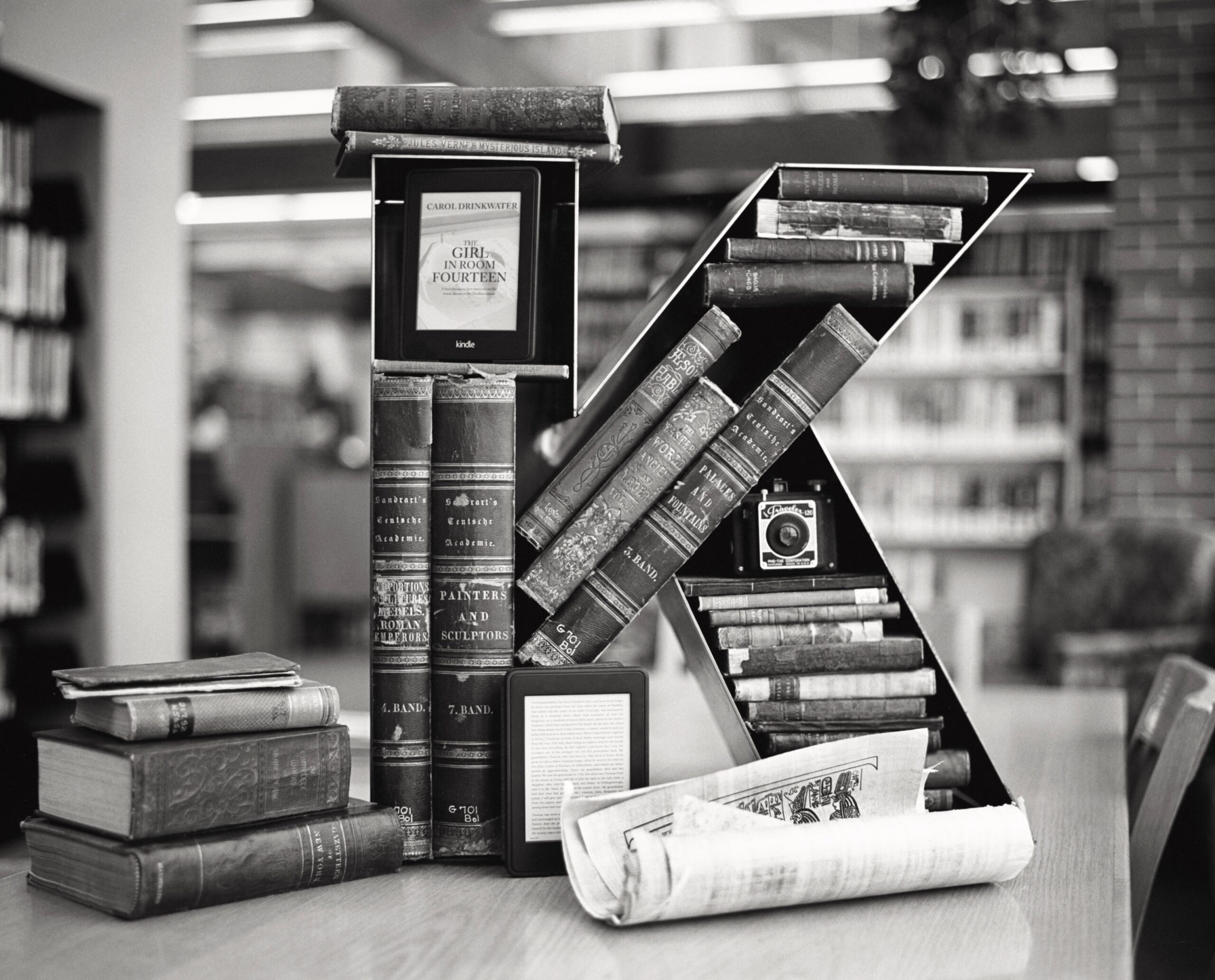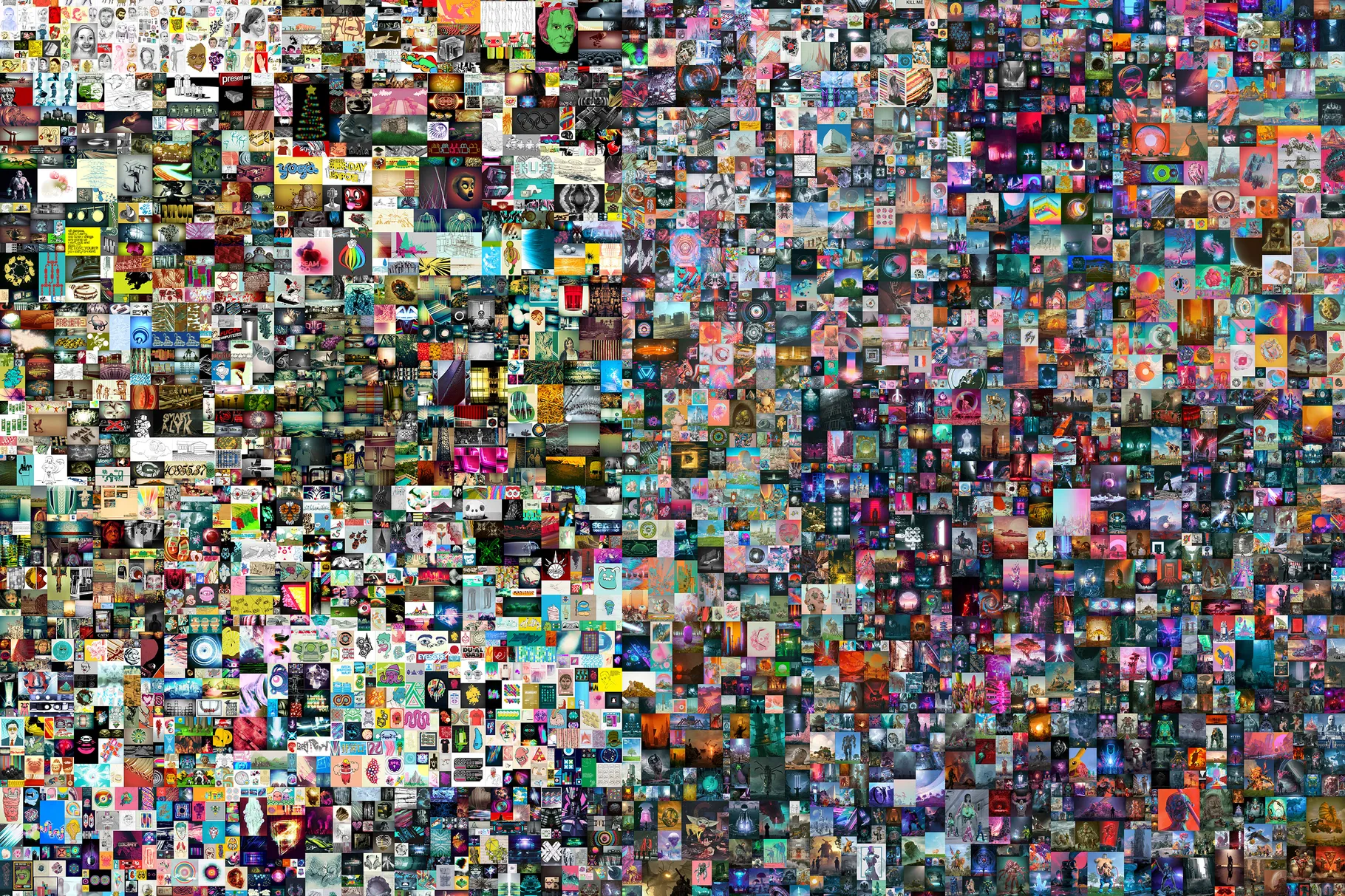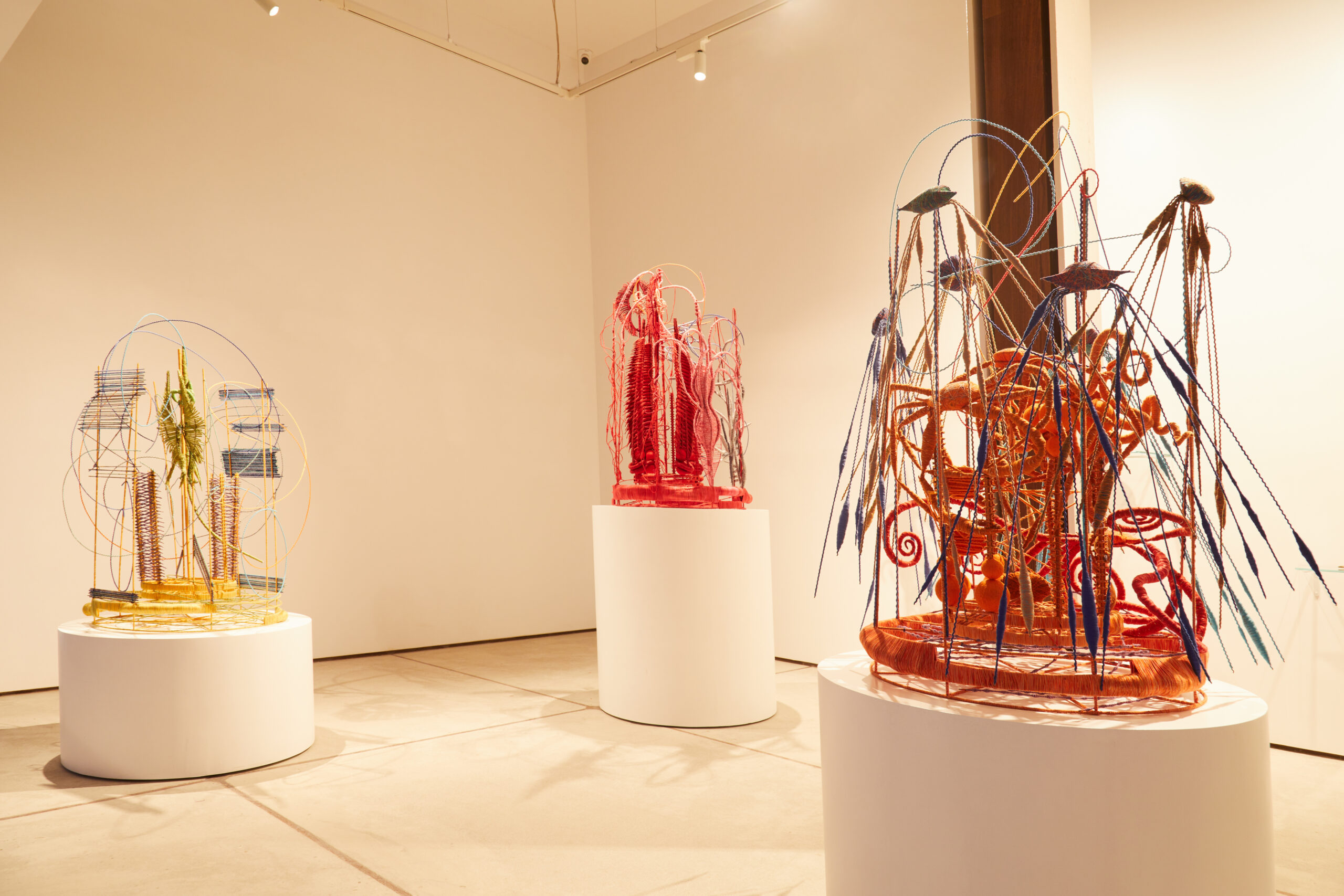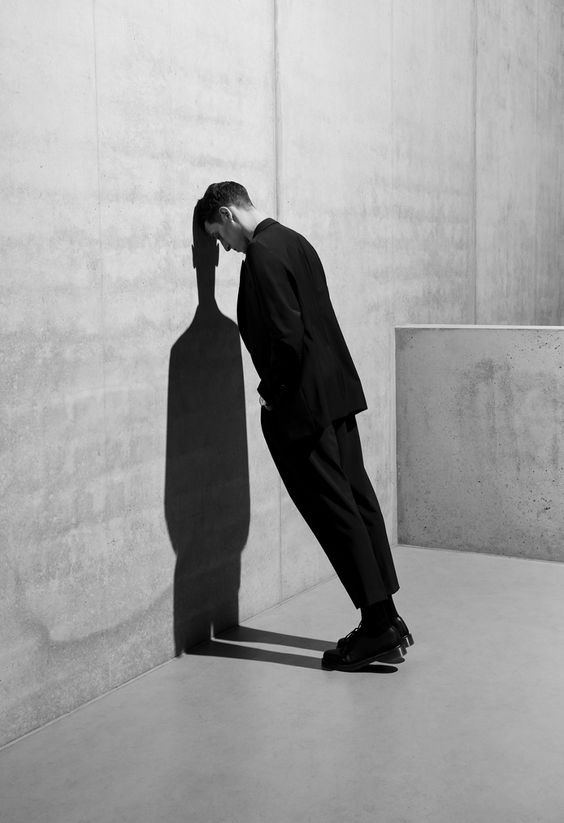In the realm of global luxury, few nations have captured the imagination quite like South Korea. A country that has seamlessly woven a tapestry of economic prowess, technological innovation, pop culture magic, and discerning taste, South Korea has evolved into a captivating hub for luxury brands to establish a presence.
History’s ripples often shape change in culture, and that is evident in South Korea’s journey from the aftermath of the 1953 Korean War to the present day. The end of the war brought change, intertwining Western fashion with Korean identity. Post-war, South Koreans adopted U.S. inspired styles like crimped hair, bright swimsuits, and flashy makeup.
In the 60s and 70s, Korean broadcasting companies brought the rise of Korean dramas, now known as K-dramas, which are available to watch on major OTT-platforms like Netflix, Amazon Prime, et cetera. These K-dramas have captivated audiences, with their narratives deeply resonating with the viewers. In 2012, PSY’s “Gangnam Style” turned into a viral sensation, transcending language and reaching all over the world. The year after that, popular band BTS debuted with “No More Dream”, which unleashed a global phenomenon of K-pop.
In recent years, Seoul has been gradually revealing its multifaceted role as a focal point for fashion, cinema, and beauty throughout Asia. Within its dynamic cultural and pop landscape, the impact of television dramas, musical talents, and cinematic icons has subtly redefined the nation’s identity into an inviting realm of charm. With the gradual progression of time, Seoul’s journey toward transformation becomes increasingly apparent, with a harmonious blend of luxury and artistic expression embedded within its essence.
The unfolding narrative traces back to the late 1980s, when South Korea embarked on a journey to incorporate luxury imports into its spectrum. This pivotal juncture laid the groundwork for a graceful orchestration of opulence, presenting consumers with a gateway to the distant realms renowned for their exquisite craftsmanship and couture traditions.
In the midst of this evolving scene, renowned luxury fashion houses from Italy, France, and the sophisticated UK quickly resonated with a demographic aged 40 and above. The shared aspirations facilitated the initial rise in luxury consumption, with iconic brands like Louis Vuitton, Hermes, and Chanel opening their luxurious boutiques in Seoul during the 1990s.
Nevertheless, the fusion of traditional artistry and allure didn’t resonate as deeply with the younger generation of Korea. Amidst the backdrop of classical designs and the pull of exclusivity, the younger populace seemed relatively less captivated by the charms of haute couture. The juxtaposition of high price tags and conventional aesthetics, steeped in historical elegance, found themselves awaiting a fresh resonance among the spirited souls of youthful Koreans.
Seoul’s transformation, however, emerged as a far cry from stagnation. It burgeoned within the context of a transformative era, where the nation’s pop culture, infused with allure and charisma, charted new trajectories.
The realm of television dramas, resonating with gripping narratives, coupled with melodious songbirds whose tunes transcended geographical confines, as well as the enigmatic aura of cinematic marvels, collectively rewove the very fabric of South Korea’s cultural landscape. This cultural renaissance breathed life into what is now globally known as the Hallyu Wave—a tidal surge of South Korean pop culture. With each heartbeat of a K-drama and every melodic note of a K-pop anthem, an international stage beckoned.
Burberry pop-up at Jeju Island
In the wider picture, luxury and modern elements blended smoothly in an elegant dance of cosmic harmony. The appeal of luxury underwent a rejuvenation with the spread of the Hallyu Wave across borders. A fresh enthusiasm for fashion, beauty, and opulence surged through the veins of a youthful audience, captivated by the creative ingenuity of the nation. As a result, brands that were once associated with mature sophistication now found themselves embraced by a new narrative.
The landscape of luxury in South Korea unfolds like a multi-layered narrative, woven across three distinct waves, each marked by the ebb and flow of consumer dynamics, innovative marketing maneuvers, and an insatiable hunger for the exquisite. The onset of the 2000s saw the emergence of the second wave, propelled by a burgeoning middle-class appetite for refined indulgence.
However, it wasn’t until the pivotal year of 2015 that luxury marques succeeded in capturing the hearts of Korean millennials, ushering in a third wave. This conquest unfolded through a symphony of revitalised designs and avant-garde marketing finesse, meticulously choreographed in the virtual realm of online boutiques.
Lisa (BLACKPINK) for Bvlgari
In the chronicles of 2022, a chapter of profound import, South Korea – a formidable player on the global economic stage – witnessed a staggering 24% surge in its luxury market, culminating in a substantial valuation of $16.8 billion. This ascent catapulted the nation to the esteemed seventh spot in the international hierarchy of luxury sales, showcasing the unquenchable thirst South Korean connoisseurs possess for the finer aspects of life. In this epoch, South Korean luxury expenditures outshone even those of American and Chinese counterparts, with per-capita spending on European opulence scaling unprecedented heights to reach $325, dwarfing the $280 spent by Americans and a modest $55 by Chinese consumers.
From the cobbled streets of Italy to the bustling bylanes of Seoul, a tangible resonance echoes in the form of a 4.4% uptick in exports of Italian luxury goods to South Korea. Leather products, exquisite shoes, splendid fashion apparel, and bedazzling jewelry orchestrated an elegant dance, eliciting remarkable scenes of ardent patrons queuing for hours, braving the elements, driven by an unwavering yearning for these opulent creations.
Jimin for Tiffany & Co.
Harnessing the wellspring of unflagging demand, icons like Chanel and Louis Vuitton executed a deliberate choreography, adorning their offerings with higher price tags, with Chanel doing so four times and Louis Vuitton twice in the enigmatic expanse of 2022. A paradoxical phenomenon unfolded as these elevated prices seemed to mirror the timeless narrative of luxury, fanning the flames of desire within Korean enthusiasts, culminating in an unprecedented crescendo of sales.
The world of celebrity endorsements and brand partnerships in South Korea is a nuanced interplay of style and influence, where the fusion of fashion and fame sparks collaborations that transcend origins. Personalities across various fields gracefully transition from performers to ambassadors of luxury brands. BTS’s J-Hope exemplifies Louis Vuitton’s ambassadorship, embodying artistic expression and high fashion that highlights his versatility as both a musician and style icon.
J-Hope for Louis Vuitton
Similarly, Sehun from Exo and Jisoo from Blackpink effortlessly complement Dior, exuding a refined charm that aligns with the brand’s timeless sophistication. They effortlessly transcend boundaries, injecting vibrancy into the fusion of music and couture. Lisa from Blackpink gracefully represents two prestigious luxury brands, Celine and Bvlgari, adding her own charm and global influence that bridges cultures. Jungjae Lee, the lead actor of “Squid Game,” takes on the role of Gucci’s South Korean ambassador, harmonising his artistic expression and determination with the essence of Gucci, creating a synergy between realms of creativity. Amid the Hallyu Wave, Jimin from BTS serves as a symbol of South Korean influence for Tiffany & Co, going beyond his musical talents to embody the essence of Hallyu – an artist who resonates with millions worldwide while epitomising Tiffany’s elegance.
Recently, French luxury jewelry house Cartier announced BTS singer Kim “V” Taehyung as its newest global brand ambassador, a testament to influence and style that captures the essence of South Korean allure within luxury. This growing narrative of collaborations offers a glimpse into an evolving masterpiece, where South Korea’s luminaries redefine the luxury story, seamlessly weaving art into brands’ allure, each endorsement adding a brushstroke to the dance of fame and fashion in graceful harmony.
Kim “V” Taehyung for Cartier; Jungjae Lee for Gucci
Building upon preceding trends, worldwide luxury brands are now embracing a more comprehensive approach to captivate the attention of the young generation in Korea. A telling illustration of this shift is Burberry’s captivating pop-up on Jeju Island in 2021. Breitling, in contrast, took a step further, inaugurating its largest-ever store in Seoul in 2022, introducing an innovative twist with the addition of a café. The year 2023 witnessed another stride, with luxury brands orchestrating fashion runways against the backdrop of revered Korean heritage sites. These arrangements were thoughtfully crafted to resonate with local consumers on their home ground, tailored to their sensibilities.
Louis Vuitton creatively leveraged the Jamsugyo Bridge over the Han River on April 29, 2023, as an exquisite stage for unveiling its pre-fall women’s 2023 collection. This initiative stemmed from a strategic partnership with the Korea Tourism Organisation, aligning with their shared objective of enhancing tourism in Seoul.
Similarly, Gucci’s impressive 25-year journey since the inception of its inaugural store in 1998 culminated in a splendid display of grandeur. Their Cruise 2024 fashion show graced the splendid backdrop of the Gyeongbokgung Palace, an emblem of Seoul’s historical and cultural heritage, on May 16. This evolving narrative underscores luxury brands’ deep connection with South Korean culture and its people, forging a resonance that extends well beyond the realm of fashion.
In the rich blend of style and culture, global luxury brands craft a symphony that resonates with the dynamic spirit of Korean youth. With innovative strategies, these brands have not only captured attention but woven themselves into South Korea’s modern identity. As the journey continues, this fusion of luxury and local resonance promises an enduring melody that echoes through time.
Words by Esha Aphale.
Cover Image: Gucci Goak, Seoul.
Image courtesy Burberry, Bvlgari, Tiffany & Co., Cartier, Gucci.
